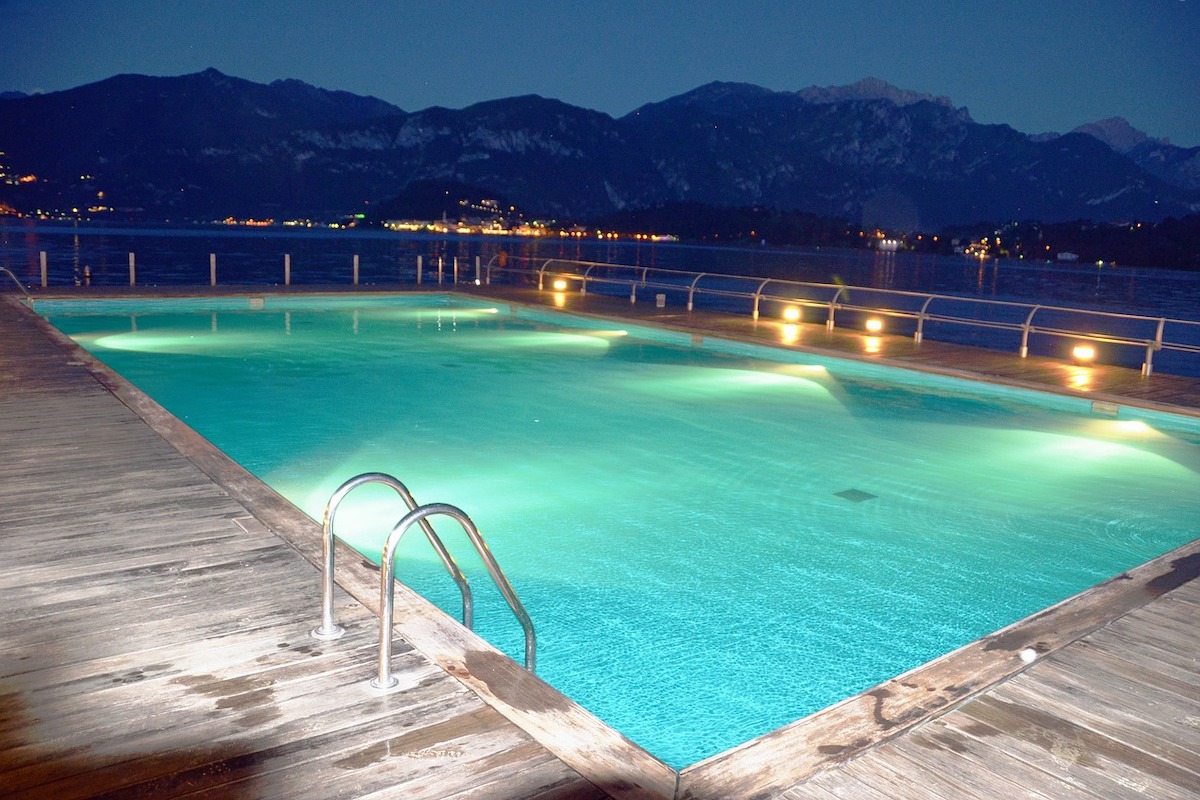
Yes, a swimming pool can incorporate some severe cool-factor to your house but there are some important facts to think about before taking the plunge.
The real key to making good investment choices is always doing your homework, so if you are eager to have a pool, think about these questions, which can help you discover just what you want.
THE START
Start, as you would with any huge renovation project by figuring out what you wish your pool to look like. This will have a huge impact on its shape, size and maybe even the kind of structure.
If you’ve got a crystal clear picture of your final product, the remaining decisions will not be quite as tough to figure out. However, before you begin the processes, be certain that you are willing to invest around $50,000 for your pool, can you use it enough to justify the cost?
Soil excavation and removal are more pricey but in-ground pools normally have a more lasting sense than many above-ground types.
WHERE TO PLACE YOUR POOL
Swimming pools are less difficult to construct on a flat site, so if the area slopes steeply, building costs will be greater. Ground conditions like a high water table or sandy, rocky or unstable soil will make construction trickier.
As soon as you’ve decided on the sort of pool, it is time to work out the place. Assess council and construction regulations regarding website coverage allowance, pool design requirements and closeness to stormwater drains.
The dimensions and positioning of your premises will obviously determine the dimensions, form and style of your own pool. Urban areas can have rigorous requirements in regards to positioning your swimming pool nearby land boundaries, therefore be mindful that shading from other buildings or neighbouring trees may also limit where it is possible to place a pool.
The 4 Considerations:
Sightlines: How the pool looks in relation to your interior house design. Adding water or lighting features will make it even more appealing. Being able to see the pool from the house is vital when you have children.
Sun: Where is the best place to maximise sunlight exposure to help keep the water hot?
Wind: Will cool the water and also increase evaporation. Use plant or screens to shield.
Access: How can people enter and exit the pool? Will you also have outdoor furniture to relax in?
POOL MATERIALS
The price of a simple cement pool is normally more costly than one manufactured from fibreglass (from approximately $25,000 up ). This is due to the fact that concrete pools have a customised shape and dimensions, which means you may discover it prices you over $50,000 not including the crane hire to lower it into your backyard.
Additionally, there are lots of other added pool-installation expenses which have to be factored in, such as covers, decking, heating and cooling systems. Then there are the continuing costs of filtration (servicing and running pumps and filters) and keeping the water wash (compounds, saltwater chlorinators, self-cleaning components and suction cleaners).
The greatest maintenance cost for swimming pools is your liner. Some concrete pools might want to be acid-washed each three to five years and replastered or resurfaced every ten to fifteen. Vinyl-lined pools may puncture, which means you ought to allow for repairs each five to ten years. Fibreglass composite pools are reduced maintenance and a few include a 25- or – 35-year structural guarantee.
TOP 4 POOL TRENDS
- Urban areas are becoming smaller as are swimming pool fashions. There are a few rather smart space-maximising designs for homes available on the market.
- Infinity pools are the preserve of resort pools, but they are very much possible for residential pools today.
- Mineral water heaters are more gentle on skin than chlorine or salt pools since they utilize magnesium- based sanitisers and are increasing in popularity.
- Swim jets, dip pools and long, thin lap pools which operate underutilised side passageways are extremely in demand.
FIBREGLASS VS. CONCRETE
Concrete and fibreglass would be the most well-known materials. A steel-reinforced in-ground concrete pool has traditionally been seen as the most powerful, most lasting pool alternative but improvements in fibreglass composite technologies have improved this material’s durability.
Even though using sprayed concrete methods (instead of boxed poured concrete) has quickened the process, the setup of a concrete pool may take around 3 months, much longer than fibreglass (as quick as three days). Poor weather may hamper structure and the porous nature of concrete may result in algae and mold issues when the surface isn’t correctly finished.
Concrete provides flexibility concerning size, shape and thickness if you would like a customised layout. You might even receive an infinity edge or a “shore line” (lightly shelving) entrance into the pool to match your coastal home interiors or backdrop. There are tons of choices for concrete pool finishes, such as pebbles, coloured quartz or swimming pool paint.
Fibreglass pools are pre-moulded into different shapes and positioned in an excavated pit or placed above ground (constructed with extra-strength stiffening supports). This means however, you are likely required to need a crane to install your pool.
If you’d like a paddling pool, swim jets, an infinity edge or a health spa built in your own design is all possible today. Plus you will have far fewer problems with chemical imbalances and calcium build-up if you elect for fibreglass. They’re also finished with a sleek gel coating which is quite durable and resistant to stains and mould.
To be certain to fullfil your complete legal duties, please contact the regional council or your country’s consumer affairs section.

